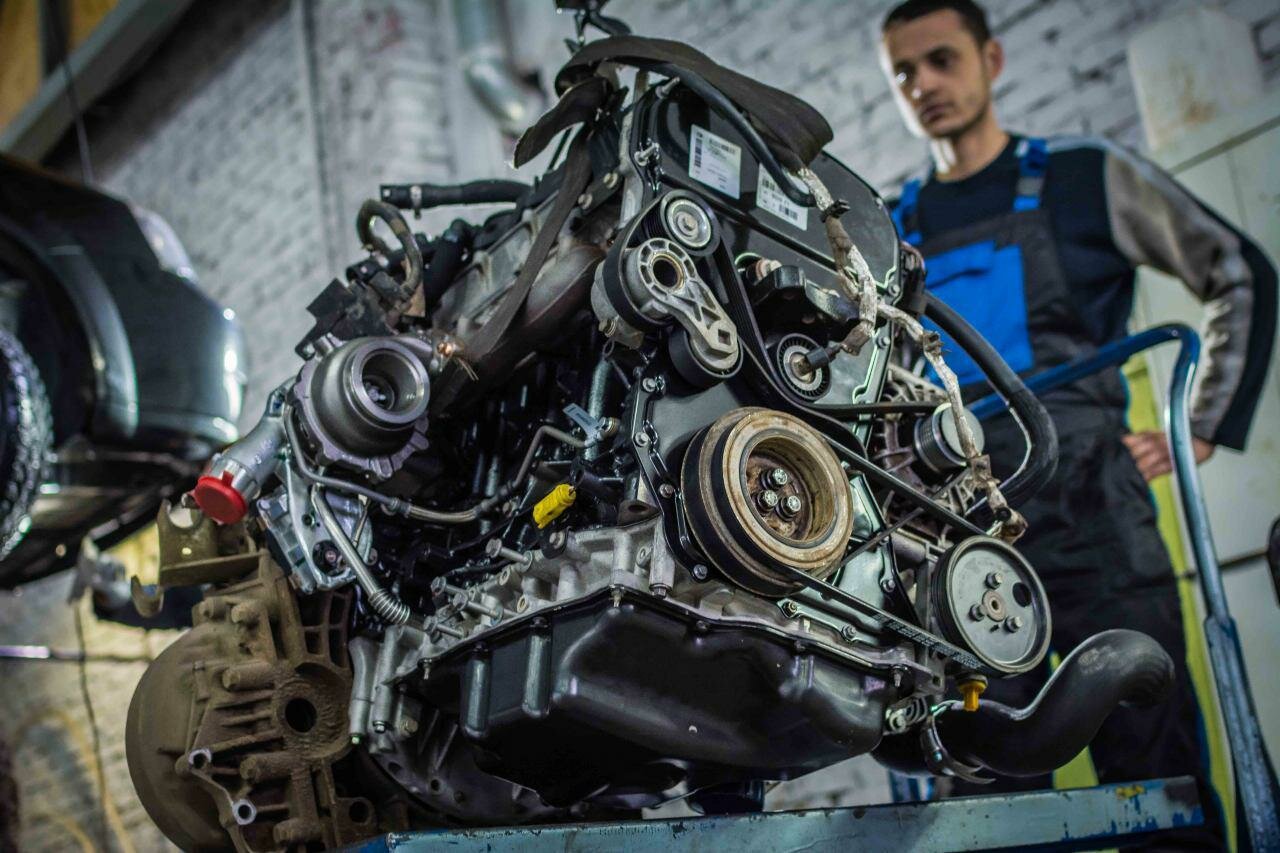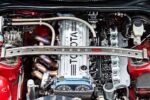Dodge 5.7 Hemi Engine: A Brief Overview
History and Evolution
The Dodge 5.7 Hemi engine, part of Chrysler’s Hemi family, has a storied history that dates back to the 1950s. The original Hemi engine was celebrated for its innovative hemispherical combustion chamber design, which allowed for better airflow and increased power output. Fast forward to the early 2000s, and Dodge reintroduced the Hemi name with the 5.7-liter V8 engine, designed to cater to the growing demand for powerful, high-performance vehicles. This modern iteration quickly became a staple in various Dodge and Chrysler models, including the Ram trucks, Charger, and Challenger.
The 5.7 Hemi engine gained popularity for its impressive horsepower and torque figures, making it a favorite among performance enthusiasts and truck owners alike. With its robust design and advanced technology, the engine was marketed as a versatile powerhouse capable of handling both daily driving and heavy-duty tasks. However, as with any engine, the 5.7 Hemi has not been without its share of problems. Over the years, users have reported a range of issues that can affect performance, reliability, and overall driving experience.
While the Hemi engine is often lauded for its performance capabilities, it is crucial to address the common problems that can arise. Understanding these issues can help current and prospective owners make informed decisions about maintenance and repairs. In this article, we will delve into the specific problems associated with the Dodge 5.7 Hemi engine, examining their causes, symptoms, and potential solutions.
Common Problems with the Dodge 5.7 Hemi Engine
The Dodge 5.7 Hemi engine, while powerful and popular, is not without its flaws. Owners have reported various issues that can impact performance and reliability. Below are some of the most frequently encountered problems associated with this engine.
1. MDS (Multi-Displacement System) Issues
The MDS technology in the 5.7 Hemi engine is designed to improve fuel efficiency by deactivating half of the cylinders during light driving conditions. However, this system can lead to several problems:
-Rough Idle: When the MDS engages or disengages, drivers may experience a rough idle or noticeable vibrations.
-Oil Consumption: Some owners report increased oil consumption, which may be linked to the MDS system’s operation.
-Check Engine Light: Faults in the MDS can trigger the check engine light, indicating a need for diagnostics.
2. Valve Seat Problems
Valve seat issues are another common problem with the 5.7 Hemi engine. Symptoms include:
-Loss of Power: A failing valve seat can lead to a noticeable decrease in engine performance.
-Rough Running: The engine may run unevenly, especially under load.
-Excessive Smoke: In severe cases, damaged valve seats can cause oil to enter the combustion chamber, resulting in blue smoke from the exhaust.
3. Timing Chain Tensioner Failure
The timing chain tensioner is crucial for maintaining the proper tension on the timing chain. Failure of this component can lead to:
-Engine Noise: A rattling or ticking noise from the engine can indicate a failing tensioner.
-Timing Issues: If the timing chain is not properly tensioned, it can lead to misalignment, causing severe engine damage.
-Engine Stalling: In extreme cases, a failed tensioner can cause the engine to stall unexpectedly.
4. Spark Plug and Ignition Coil Problems
Spark plugs and ignition coils are vital for engine performance. Common issues include:
-Misfires: Worn or faulty spark plugs can cause engine misfires, leading to a rough running condition.
-Poor Fuel Economy: Misfiring can also result in decreased fuel efficiency.
-Check Engine Light: Faulty ignition components often trigger the check engine light.
5. Cooling System Failures
Overheating can be a significant issue for the 5.7 Hemi engine, often linked to cooling system failures. Symptoms include:
-Temperature Gauge Fluctuations: An unstable temperature gauge can indicate cooling system issues.
-Coolant Leaks: Visible leaks under the vehicle can signal a failing water pump or radiator.
-Overheating: Continuous overheating can lead to catastrophic engine damage.
Top views |
|
|---|---|
 |
Oil, Timing Chains, Pistons: What Really Kills an Engine Prematurely? |
 |
How to Choose a Car with a Reliable Engine: Used Car Market Hacks That Actually Work |
Symptoms and Consequences
Understanding the symptoms associated with these problems is crucial for timely intervention. Below is a table summarizing the symptoms and potential consequences of common issues with the Dodge 5.7 Hemi engine.
| Symptom | Potential Consequence |
|---|---|
| Rough Idle | Increased wear on engine components |
| Loss of Power | Reduced performance and drivability |
| Engine Noise | Potential for severe engine damage |
| Misfires | Poor fuel economy and increased emissions |
| Coolant Leaks | Overheating and engine failure |




0 Comments